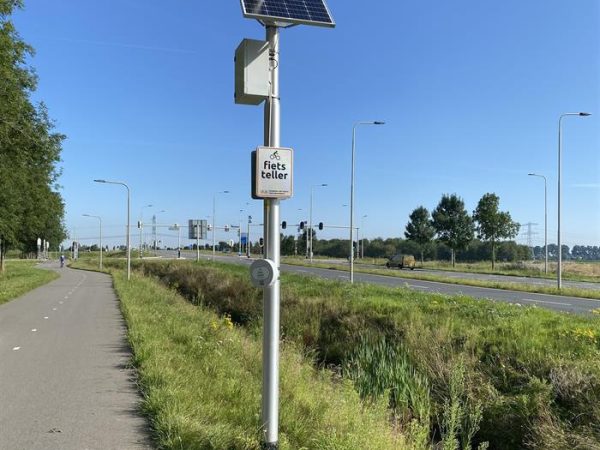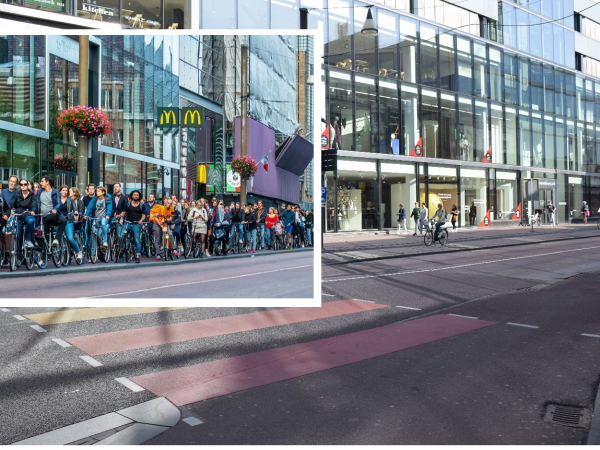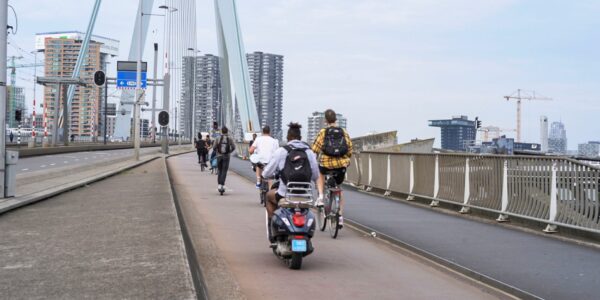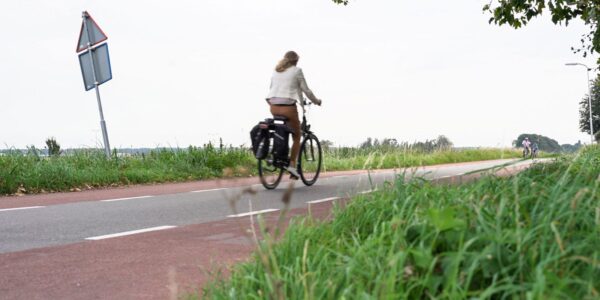On June 8, Eindhoven was the vibrant backdrop for the Mobility Congress 2023. The municipality of Eindhoven acted as host, and numerous speakers shared their vision on the future of mobility. From the Cyclists’ Union to the GVB, the NS to various companies, consultants, and municipalities; all contributed to this inspiring day. One of the highlights was the introductory speech by Geert Kloppenburg, an expert in innovation and mobility, who presented his vision on the future of mobility. As a bonus, he treated those present to a copy of his book “De Gulden Snelweg,” which he co-wrote with Marc Buiter.
We may also offer this book to our readers on behalf of Geert Kloppenburg through his website. In “De Gulden Snelweg,” Kloppenburg highlights the inextricable link between various transport systems and shares his ideas on how mobility can be innovatively shaped. Although this book does not specifically address bicycle counting and its analysis, we see it as an essential part of a comprehensive vision on mobility.
Bicycle Counting: An Underexposed Aspect of Mobility
In the light of the future mobility vision and approach, traffic safety and investments in infrastructure are of crucial importance. However, we ask whether bicycle counting is getting enough attention in the broader conversation about bicycle use. Often, the choice for the type of bicycle counting (such as with a counting tube, loop, radar/lidar, or manual) is not made consciously. Also, the duration of the counts can vary. Temporary counts often provide insufficient insight into weather influences or changes in speed and type of vehicles.
In many larger cities, permanent measurements are carried out, allowing timely adjustments to be made. Precisely now that we want to promote cycling, however, counts are becoming increasingly important. They serve as baseline measurements, enabling investments in bicycle infrastructure to be evaluated and adjusted on a permanent basis.









